
Baby Blue Nose Pitbull Gray Images Galleries With
2. Blue Nose Pitbulls Are Not A Separate Or Different Kind Of Pit Breed When someone says that Blue colored nose pits are a different breed or a dog from a different Pitbull Bloodline, they are either wrong or lying. This dog is an American Pitbull Terrier whose nose pit is colored blue.
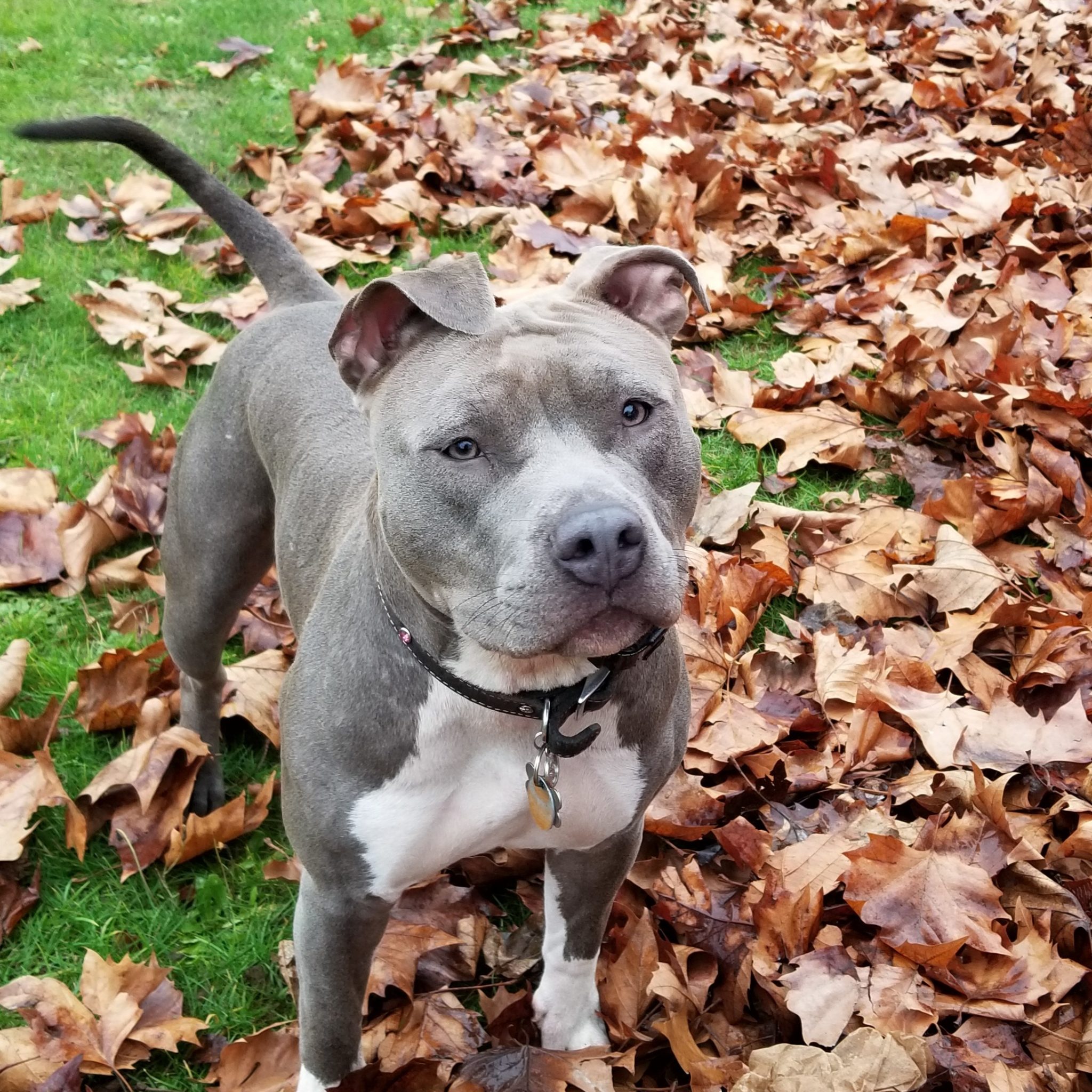
Blue Nose Pitbull Complete Rare Breed Owners Guide Animal Corner
The blue nose pit bull is a regular type of pit bull except for a slight pigment change in their nose. What is a Blue Nose Pitbull? What Type of Pitbull is the Blue Nose Pitbull? There are three main types of pit bulls: American Pitbull Terrier, Staffordshire Bull Terrier, and American Staffordshire Terrier.

Pit Bull Puppies and Blue Nose American Bully Pitbull Pictures
The UKC breed standard states the nose of an American Pit Bull Terrier can be "of any color.". The blue nose is caused by the inheritance of the recessive dilution gene from both parents on the D Locus. This results in the genotype dd, which affects the level of the natural pigment eumelanin.

Blue nose pitbull in 2020 Blue nose pitbull, Pitbulls, American
The Blue Nose Pitbull is an American Pitbull Terrier with a rare coat color. Its defining feature is its bluish gray fur and matching nose. Color is the only difference between a blue nose and any other pitbull. This beautiful blue color is the result of a recessive gene.
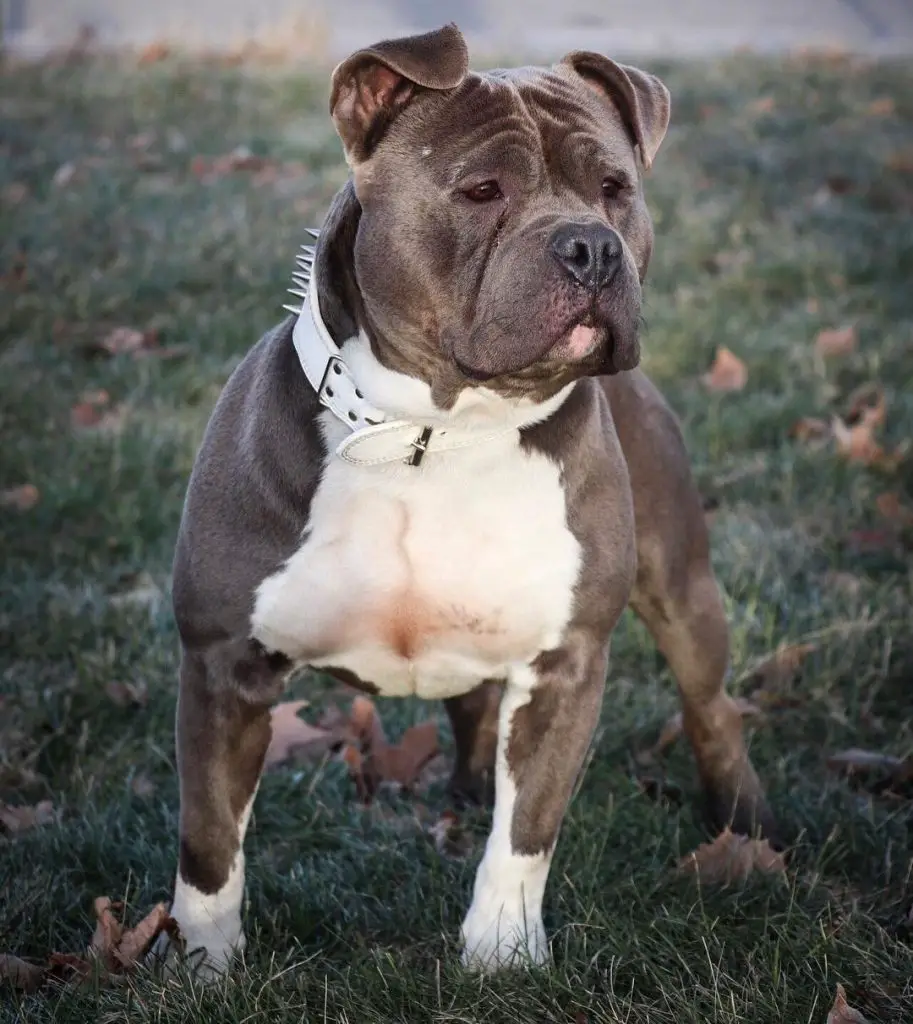
20 Interesting Facts About Blue Nose Pitbull Dog Breed ⋆ American Bully
Blue Nose Pits are some of the most loyal and friendly dogs. Still, exercise caution when playing with people, especially children. Aloof Friendly Trainability: Pit Bulls, blue nose or not, are intelligent animals. Combine high IQ with immense loyalty and you have a highly trainable dog.

bluenosepit bluenosepibull Pitbull Puppy Blue Nose Pitbull Puppies
The Blue Nose Pitbull size depends on the sex. A full-grown male can stand between 18 and 21inches, and a female is between 17 and 20 inches. The weight also differs whether you have a male or female dog. Males weigh 35-60 pounds, while females are 30-50 pounds. A large male can get up to 70 pounds.
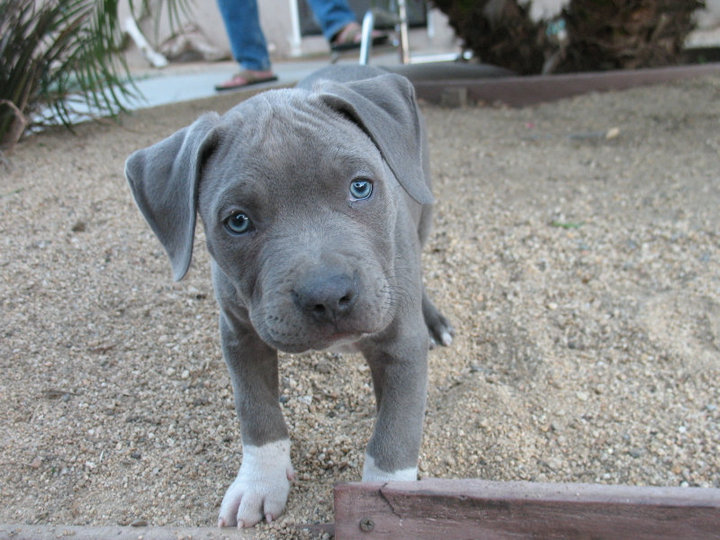
American Blue Nose Pitbull T666
A blue nose pitbull is a color variation within the American pit bull terrier breed. The color comes from a recessive gene, which means that it is very rare. They are a grayish-purple color and have a nose the same color as their coat as well as blue eyes. It is also common to have white markings.

Facts About Blue Nose and Red Nose Pit Bulls PetHelpful
The Blue Nose Pitbull is a rare breed of Pitbull and is a result of a recessive gene which means they are bred from a smaller gene pool. Many people think of the Blue Nose Pitbull as a separate breed, where really they are just a rarer form of the American Pitbull Terrier, which is more commonly known as a Pitbull or Pit.

Beautiful blue & white bluenose with natural ears pitbull Cute dogs
The Blue Nose Pitbull is purebred American Pitbull Terrier, but it's categorized by its nose color being blue. The Blue Pit is no different from other pit bulls, and it's becoming popular among breeders, but it's still rare to find. A Blue Nose Pitbull puppy can cost around $1,000 to $3,000. The American Kennel Club has yet to recognize it.
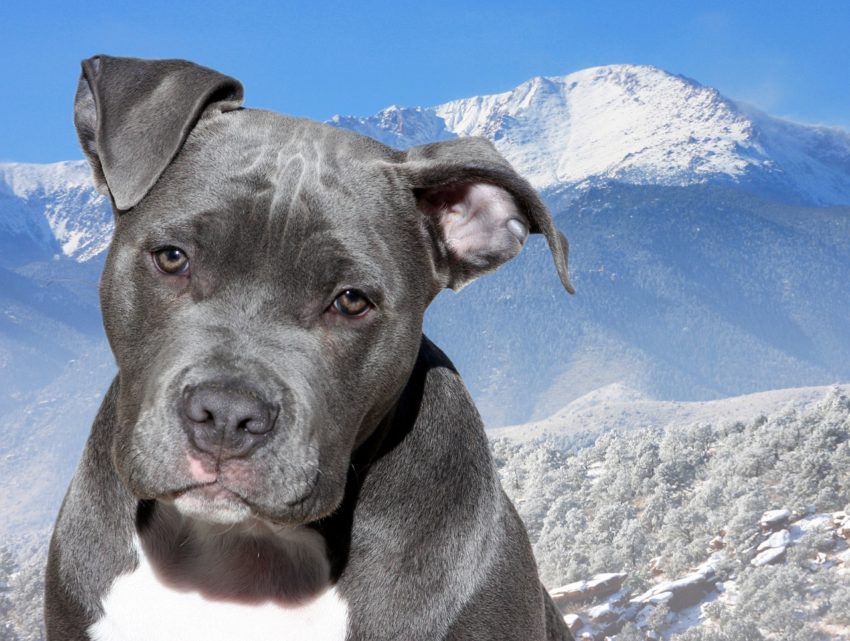
Fatos interessantes sobre o Pitbull Red Nose e Pitbull Blue Nose
The American Pitbull Terrier is a misunderstood dog in many ways. But for those of us that know a Pitbull, know that there are a million reasons to love them. From their loving nature to their smiley faces, all the way down to their gorgeous paws. Each Pitbull is unique, but some are rarer than others. The most unique of them all?

Blue Nose Pitbulls; The Ultimate Info Guide Fumi Pets 2023
The Blue Nose Pitbull is a type of American Pitbull Terrier that has some unique physical appearance and coloring. They are not as prevalent as other pitbulls, but are growing in popularity due to an increase in demand and inbreeding. As a pitbull, they share all of the traits of the American Pitbull. They are strong and agile, with a genetic.

20 Interesting Facts About Blue Nose Pitbull Dog Breed ⋆ American Bully
The blue nose pit bull is a wonderful family dog that is a color variation of the American pit bull terrier. These beautiful dogs may have an intimidating appearance but they have sweet hearts and a loving nature. Their striking blue nose makes them even sweeter. Unfortunately this dog gets a lot of bad press and has a bad reputation.

9 Things You Should “Nose” about the Blue Nose Pitbull Animalso
A blue nose Pitbull is a rare Pitbull variant that has hints of blue coloring on its nose, coat, and eyes. Their unique hue is caused by a homozygous recessive gene. Blue nose Pitbulls can be any one of Pitbull breeds, including the American Pit Bull Terrier, Staffordshire Bull Terrier, and others.

Here is a photo of an amazing male blue pitbull puppy that we have for
The American Pit bull Terrier is a dog breed but not one recognized by the AKC. However, it is recognized by the United Kennel Club (UKC in America) and the American Dog Breeders Association (ADBA), the largest registration office for the American Pit Bull Terrier. The term "Pitbull" isn't an umbrella term for all bully breeds.

25+ best ideas about Blue Nose Pitbull Puppies on Pinterest Blue pits
The Blue Nose Pit is a type of American Pit Bull Terrier. Like the Red Nose Pit Bull, it got its name from its distinct coloring. Blue Nose Pitties have a blue-gray hue to their skin. Their eyes and toenails are often the same shade, as well. This unique coloring is caused by a recessive gene, which triggers abnormal melanin production.
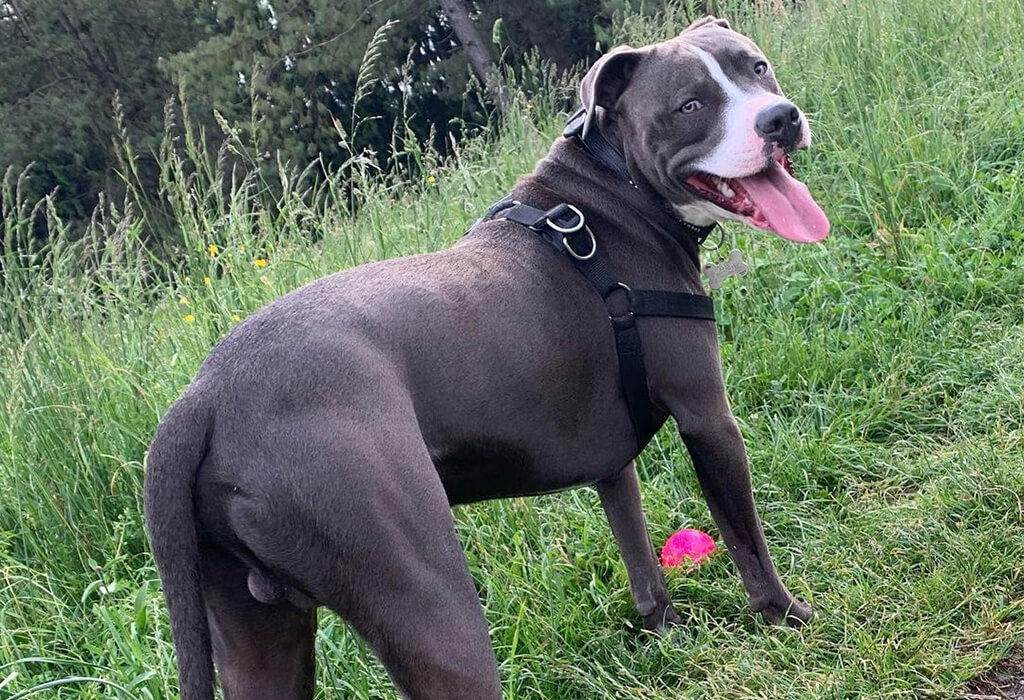
Blue Nose Pitbull All You Want To Know About Blue Nose Terrier
Coming off the previous discussion of what a blue nose pitbull is, you learn that blue nose pitbulls descend from British bull and terrier crosses originally bred for bull baiting and fighting.. These dogs were imported to the United States in the 1870s.. However, due to their association with fighting, the American Kennel Club refused to register them in the 1890s.